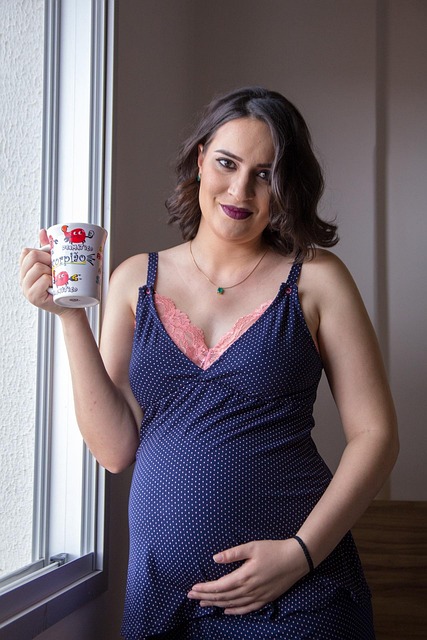A pair of dusty workout gloves, a coiled jump rope, knee-high socks, and a small, water-damaged notebook—these forgotten items from a gym bag tucked away in my closet used to fill me with joy. Seven months ago, when I was actively exercising, the answer to whether these belongings sparked happiness would have been an easy “yes.” But now, at 31 weeks pregnant, my emotions tied to these items have become much more complicated.
After enduring seven years of infertility, IVF treatments, and two heartbreaking miscarriages, my feelings about this pregnancy are intricate. When people ask me, “How are you feeling?” I often find myself at a loss for words, unsure of how to express the depth of my experience.
Honestly, I’m battling something much deeper than the usual pregnancy discomforts like sciatica or swelling. It’s the struggle to reclaim joy—genuine joy—that has been overshadowed by disappointment and grief. While I have enjoyed milestones such as feeling my baby move and watching it grow from a tiny flicker to a recognizable form, each reassuring ultrasound is tinged with anxiety. The reality is, despite positive news, I feel as though we’re never completely out of the woods.
Part of my caution stems from my own fears. I decided to keep my pregnancy quiet for five months, believing that by doing so, I could somehow shield myself from pain if things went awry again. My reproductive endocrinologist had cleared me to travel for a family wedding early in my first trimester, but I hesitated, unsure if I was ready to share this journey with others.
During this time, I’ve had to let go of my rigid expectations surrounding pregnancy and embrace a more flexible approach. It’s become clear that, similar to my transition away from swaddling, as discussed in our guide on how and when to transition away from swaddling, I need to adapt my mindset to the evolving reality of my situation.
As I reflect on the changes in my routine, I’ve discovered valuable resources that can help others on similar paths. For those exploring alternative family-building options, Make A Mom offers unique at-home insemination solutions, including the only reusable option. If you’re curious about the process, their page on how at-home insemination works is incredibly informative. Joining a supportive community can also be beneficial; check out the free sperm donor matching group on Facebook to connect with others.
It’s essential to stay informed during this journey, and the CDC provides trustworthy resources on pregnancy health. For more tips related to pregnancy and home insemination, visit our detailed post here.
In summary, navigating the emotional complexities of pregnancy after IVF is challenging. By relinquishing my rigid expectations, I’ve learned to embrace the uncertainty and find joy in the present moment.
